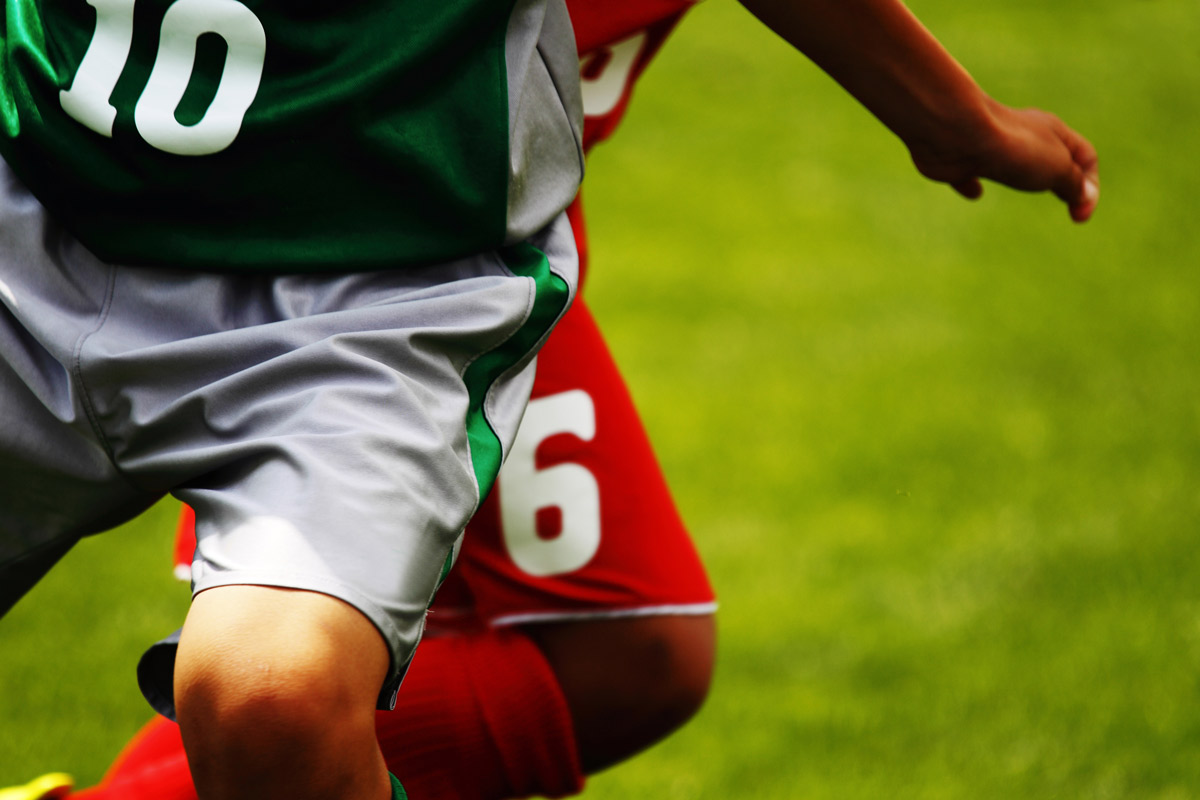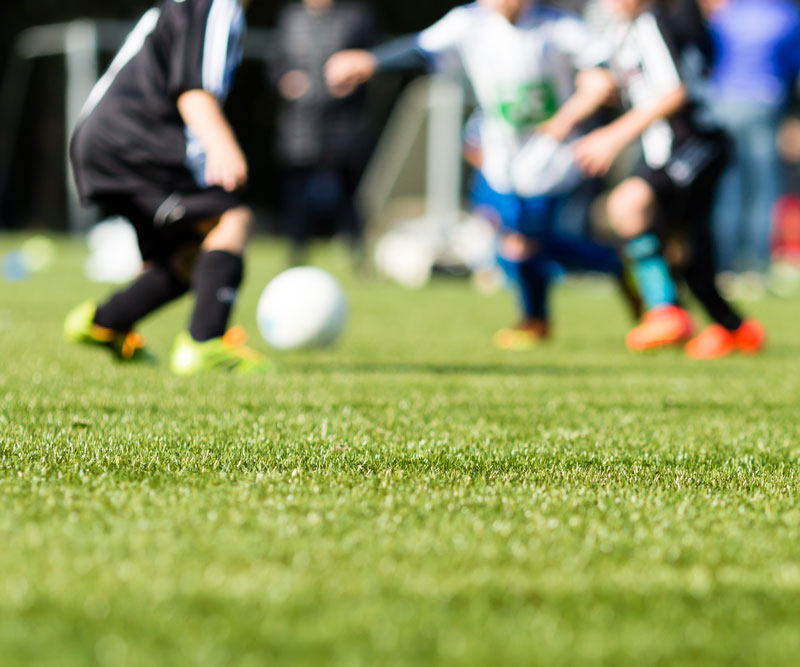
Get Hip to Three Common Sports Injuries in Young Athletes
Young athletes are more prone to developing different hip injuries, specifically problems around the growth plate as well as the femur and pelvis.
It is important for parents and coaches to be aware of hip pain in young athletes and make all necessary efforts to recognize and treat injuries quickly to prevent future complications.
Three hip injuries commonly found in school-aged athletes include the following:
Labrum Tear
Athletes are prone to tearing of an important hip cartilage called the labrum. Most labrum tears, if treated and assessed early, can be treated without surgery.
Ongoing or acute limping and/or groin pain located over the hip joint is something that should alert the athlete, parent, athletic trainers or coaches that an evaluation by a medical professional is needed.
Slipped Capitol Femoral Epiphysis (SCFE)
This condition occurs when a fracture develops in a child’s open growth plate and usually develops between the ages of 10-15 years.
SCFE can cause significant pain during sports participation, and athletes may develop a sudden limp or lose the ability to bear weight on the injured joint.
These injuries require urgent evaluation and prompt referral to an orthopedic specialist. Delaying treatment can disrupt blood supply to the hip, which may put the athlete at an increased risk for developing arthritis in the future.
Hip Avulsion
This condition occurs when a small piece of bone that is attached to a tendon or ligament gets pulled away from the pelvis bone due to very high forces on the tendons and muscles that attach to the bone.
In young athletes, the tendon and ligaments can be stronger than the growth plate, so the bone is pulled off.
Hip avulsions can happen in several areas of the hip joint and are often caused by sprinting activities, including football, basketball, soccer, and track and field.
Most of these injuries can successfully be treated without surgery, but prompt evaluation and appropriate rehabilitation lead to improved recovery and faster return to activity.
Published on: July 28, 2017





